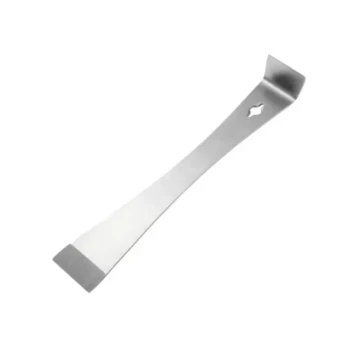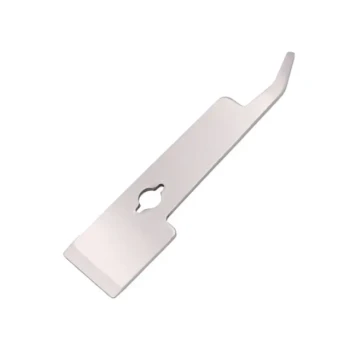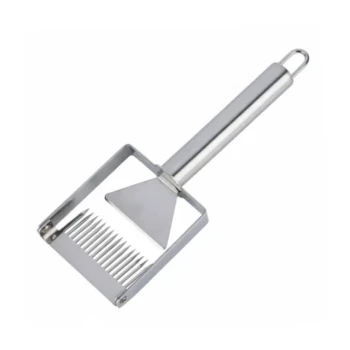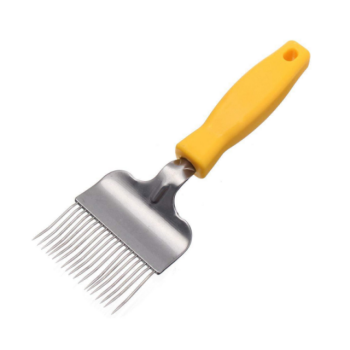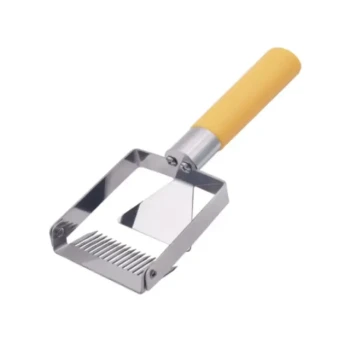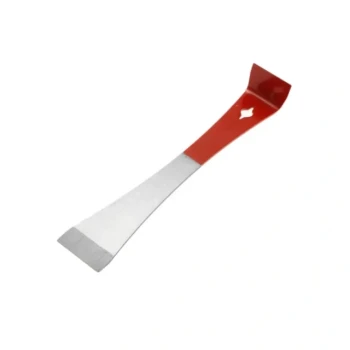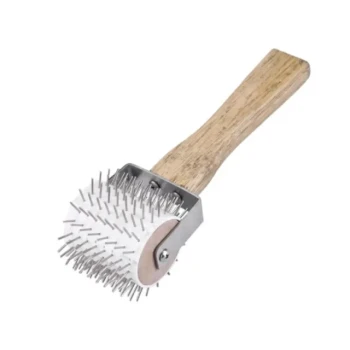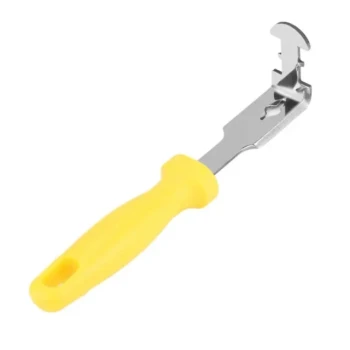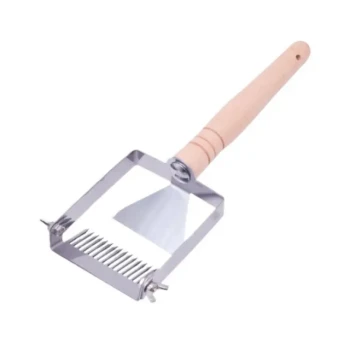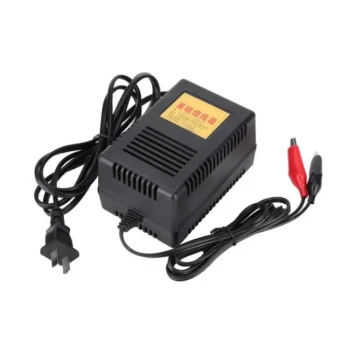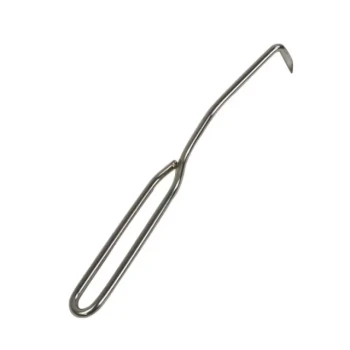Maintaining the quality of trapped pollen is a process that demands immediate and precise action. To preserve its integrity, pollen must be collected from the trap daily and then either frozen or dried without delay, as any exposure to moisture will trigger rapid mold and bacterial decay.
The core challenge of maintaining pollen is not just about storage; it's a race against time and moisture. Success depends on a disciplined system that begins with mindful harvesting from healthy hives and culminates in immediate preservation.

The Foundation: Hive Health and Timing
Before you even consider installing a trap, you must assess the conditions. The quality of your pollen harvest is directly linked to the health of the colony and the timing of your intervention.
Prioritize Strong Colonies Only
Pollen is the primary protein source for a hive, essential for feeding developing bee larvae (brood). Placing a trap on a weak or developing colony can starve it of this critical resource, leading to a decline in population and overall health. Only your strongest, most populous colonies should be considered for pollen trapping.
Trap Only During Heavy Pollen Flows
Pollen traps are designed to capture a significant percentage of what the foragers bring back. This should only be done when there is a clear abundance of pollen available in the environment. Trapping during a sparse flow puts undue stress on the colony as it struggles to meet its own needs.
Limit the Trapping Duration
Continuous trapping is not sustainable for the hive. A trap should only be used on a single colony for a few weeks at most. This gives the bees a chance to recover and replenish their own stores, ensuring the long-term vitality of the colony.
Proper Collection and Handling
Once you've established the right conditions, your focus must shift to the discipline of daily handling. Pollen is a fragile, perishable product from the moment it is collected.
Collect Pollen Daily
Pollen left in a collection drawer overnight is highly susceptible to absorbing atmospheric moisture, attracting pests, and beginning the process of decay. Establishing a strict routine of emptying the trap every single day, preferably in the evening, is non-negotiable.
Protect from Moisture at All Costs
Moisture is the primary enemy of fresh pollen. Even a small amount will cause the grains to clump, mold, and spoil within hours. Your process must be designed to keep the pollen dry from the trap to its final storage container.
Choose an Effective Trap Design
A well-designed trap is your first line of defense. It should effectively protect the collected pollen from rain and direct sunlight while still allowing for adequate ventilation to reduce humidity within the collection drawer. Ensure there are no alternative entrances for the bees to bypass the trap.
Understanding the Trade-offs
Trapping pollen is an extractive process with inherent consequences. Understanding these trade-offs is key to responsible and sustainable beekeeping.
The Impact on Brood Rearing
Even on a strong hive, capturing 60-80% of incoming pollen reduces the resources available for brood production. This is why trapping is limited to short durations; it temporarily slows the colony's growth rate, which can be detrimental if not managed carefully.
Potential for Hive Stress and Overheating
A pollen trap changes the hive's entrance, forcing bees through a new obstacle. This can cause initial confusion and congestion. Installing a trap on a very hot day can exacerbate this, leading to overheating as ventilation at the entrance is restricted.
The Risk of Contamination and Spoilage
If you fail to collect daily, the pollen will spoil. This not only represents a lost harvest but can also become a breeding ground for mold and bacteria, posing a health risk to the hive if pests or bees gain access to the spoiled material.
Immediate Preservation Methods
Once collected, you have a very short window to stabilize the pollen. You must choose a preservation method and act immediately.
Freezing for Maximum Freshness
Freezing is the best method for preserving pollen's full nutritional profile and is ideal for personal use. Simply place the fresh, clean pollen in an airtight, freezer-safe container or bag. It can be consumed directly from the freezer.
Drying for Long-Term Storage
Drying is the most common method for creating a shelf-stable product. Pollen should be spread in a thin layer on a screen or tray and dried in a food dehydrator at a low temperature (around 105°F / 40°C) until the grains are hard and crunchy. It can then be stored in an airtight container away from light.
Alternative Methods
While less common, some beekeepers preserve pollen by mixing it with honey to create a product similar to bee bread, or by creating a tincture with alcohol. These are specialized methods that require further research to execute properly.
Making the Right Choice for Your Goal
Your approach to pollen maintenance should align with your ultimate objective.
- If your primary focus is hive health and sustainability: Only trap from your strongest colonies for short periods during peak pollen flows.
- If your primary focus is the highest quality pollen for consumption: Collect daily and freeze the pollen immediately to preserve its nutritional integrity.
- If your primary focus is long-term storage or creating a shelf-stable product: Prioritize thorough drying to a low moisture content before storing in an airtight container.
By treating pollen trapping as a careful partnership with your bees, you ensure both the vitality of your colony and the quality of your harvest.
Summary Table:
| Key Consideration | Action Required |
|---|---|
| Hive Health | Trap only from strong colonies during heavy pollen flows. |
| Collection Frequency | Collect pollen daily to prevent moisture and spoilage. |
| Preservation Method | Freeze immediately or dry at 105°F (40°C) for storage. |
| Trap Duration | Limit trapping to a few weeks per colony to avoid stress. |
Maximize your pollen harvest with professional-grade equipment from HONESTBEE. We supply durable, efficient pollen traps and beekeeping supplies designed for commercial apiaries and distributors. Our wholesale-focused operations ensure you get reliable gear that protects your harvest and supports hive health. Contact us today to discuss your needs and discover how our solutions can enhance your beekeeping success.
Visual Guide

Related Products
- Professional Dual-End Stainless Steel Hive Tool for Beekeeping
- HONESTBEE Professional Long Handled Hive Tool with Precision Cutting Blade
- HONESTBEE Professional Multi-Functional Hive Tool with Ergonomic Wood Handle
- Multi-Function Plier-Style Frame Grip Hive Tool
- Professional Stainless Steel Pry-Bar Hive Tool
People Also Ask
- What is a hive tool and what are its uses? Master Your Hive Inspections with the Essential Beekeeper's Tool
- What temperature is too cold to open a beehive? Protect Your Hive from Fatal Cold Shock
- How should beekeepers handle bees when using a hive tool? Master Calm, Deliberate Techniques
- What are the basic tools for beekeeping? Essential Starter Kit for Safe & Successful Hive Management
- What is the hive tool used for? The Essential Multi-Tool for Every Beekeeper




